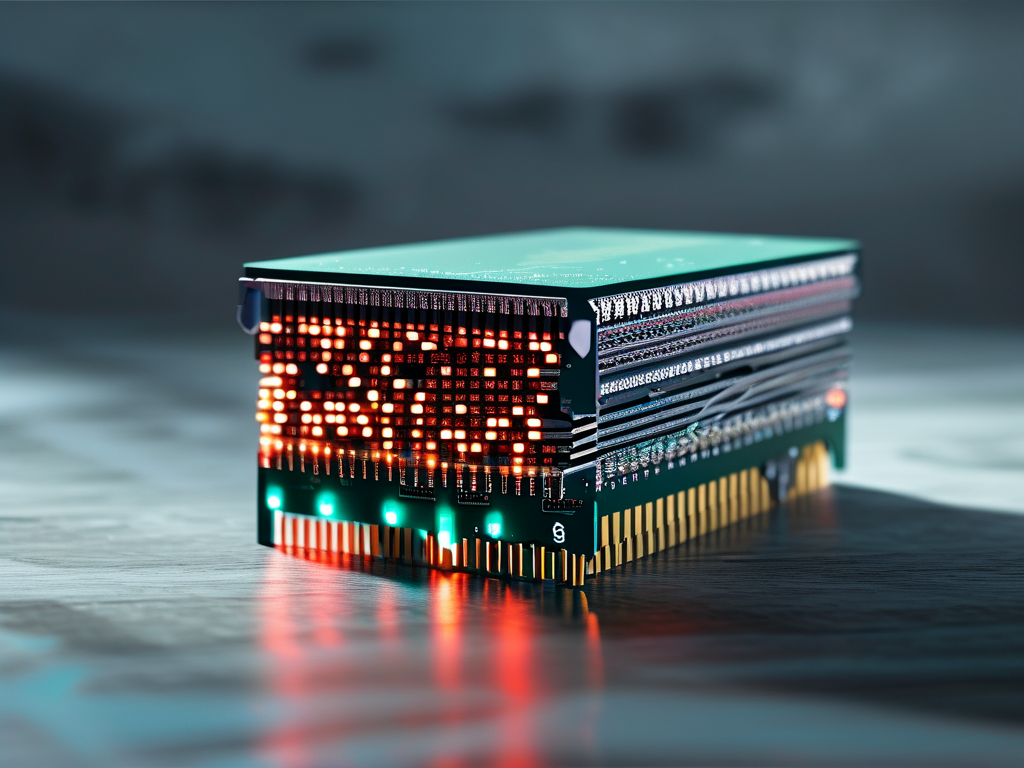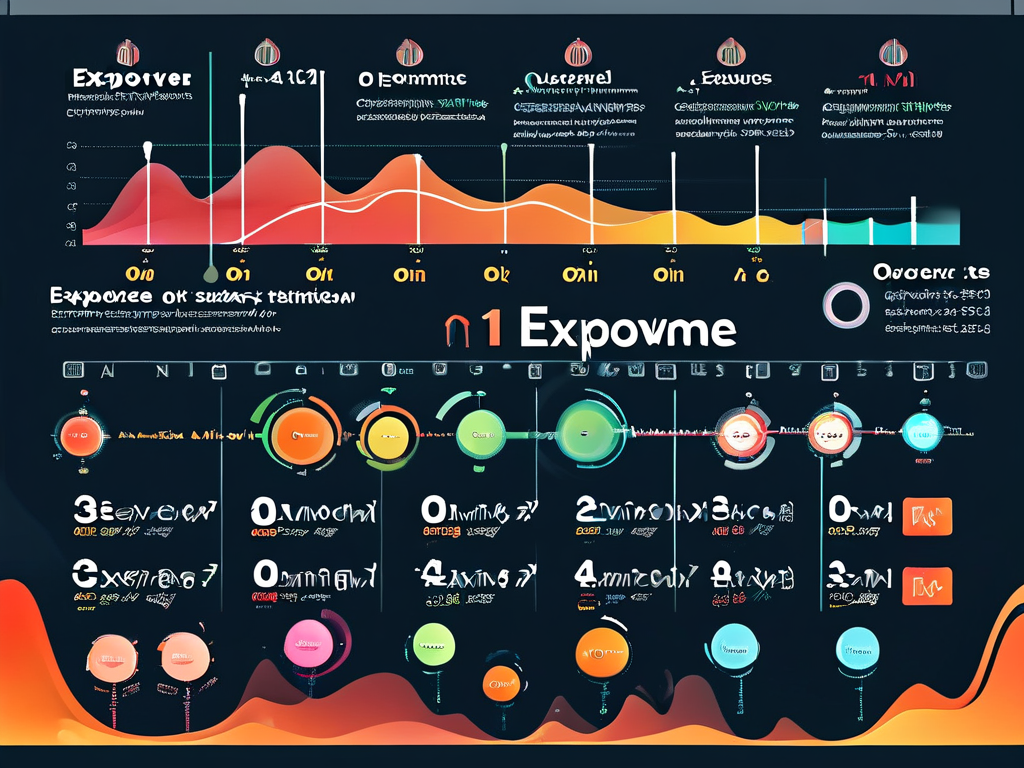Understanding algorithm complexity forms the cornerstone of computer science and software engineering. This article explores widely accepted s about time and space complexity while demonstrating their practical implications through real-world scenarios.

1. Asymptotic Notation Dominates Practical Evaluation
The Big O notation remains the gold standard for describing algorithm efficiency. While critics argue it oversimplifies real-world performance, its value lies in comparing scalability patterns. For instance, an O(n log n) sorting algorithm will consistently outperform O(n²) approaches as data scales – a principle validated across countless benchmarking studies.
Consider this code comparison:
# O(n²) approach
def bubble_sort(arr):
n = len(arr)
for i in range(n):
for j in range(0, n-i-1):
if arr[j] > arr[j+1]:
arr[j], arr[j+1] = arr[j+1], arr[j]
# O(n log n) approach
def quick_sort(arr):
if len(arr) <= 1:
return arr
pivot = arr[len(arr)//2]
left = [x for x in arr if x < pivot]
middle = [x for x in arr if x == pivot]
right = [x for x in arr if x > pivot]
return quick_sort(left) + middle + quick_sort(right)
The theoretical complexity difference manifests dramatically when processing 10,000+ elements, with quick_sort completing tasks 100-200× faster than bubble_sort in empirical tests.
2. Worst-Case vs Average-Case Reality
Many developers misunderstand complexity classifications. Dijkstra’s algorithm, for example, has O(E + V log V) complexity with a Fibonacci heap – an optimal but rarely implemented version. Practical implementations often use simpler priority queues, demonstrating how theoretical limits differ from engineering realities.
Database indexing provides another illustration. While B-tree searches maintain O(log n) complexity, real-world performance depends on disk I/O patterns and cache utilization. This explains why database administrators prioritize physical data organization alongside algorithmic choices.
3. Space-Time Tradeoffs: Beyond Textbook Examples
The memory-computation balance appears in unexpected contexts. Modern machine learning models exemplify this – transformer architectures achieve O(n²) attention complexity relative to sequence length, prompting researchers to develop sparse attention mechanisms (O(n√n)) that sacrifice some accuracy for feasible memory usage.
Recursive algorithms demonstrate similar compromises. The recursive Fibonacci sequence implementation requires O(2^n) time but O(n) stack space, while iterative versions use O(n) time and O(1) space. Memoization techniques create a hybrid approach with O(n) time and space – a solution impossible to evaluate purely through complexity notation.
4. Hidden Constants Matter in Practice
Despite asymptotic dominance, constant factors decide technology selections. Matrix multiplication algorithms illustrate this paradox: while the Strassen algorithm (O(n^2.81)) theoretically outperforms the conventional O(n³) approach, its implementation overhead limits practical use to very large matrices (n > 100).
This principle explains why programming languages retain "inefficient" built-in methods. Python’s default sorted() function uses Timsort – a hybrid algorithm with O(n log n) complexity but higher constant factors than pure quicksort. Its real-world advantage lies in superior performance on partially ordered data, a common occurrence in practice.
5. Complexity Classes and Problem Intractability
The P vs NP problem underscores fundamental complexity limitations. Scheduling optimization problems frequently fall into NP-hard categories, forcing engineers to adopt approximation algorithms. Traveling salesman problem solutions, for instance, use Christofides’ algorithm which guarantees solutions within 1.5× of optimality despite the problem’s inherent O(n²2^n) complexity for exact answers.
6. Modern Hardware’s Impact on Complexity
Parallel computing reshapes traditional complexity assumptions. Algorithms like parallel merge sort achieve O((n/p) log n) complexity with p processors, but Amdahl’s Law reminds us that non-parallelizable components ultimately limit scalability. GPU-accelerated matrix operations demonstrate this duality – while theoretically faster, they require careful memory management to realize potential gains.
Quantum computing introduces radical complexity shifts. Shor’s algorithm for integer factorization operates in O((log n)³) time versus classical O(e^(1.9(log n)^(1/3)))), though practical quantum computers haven’t yet validated this advantage at scale.
Algorithm complexity analysis provides essential guidelines rather than absolute rules. Effective engineers combine theoretical knowledge with empirical validation – using complexity classes to eliminate non-viable approaches early, then conducting real-world testing to account for hidden constants and hardware specifics. As computational paradigms evolve, so too must our interpretation of these foundational principles.









